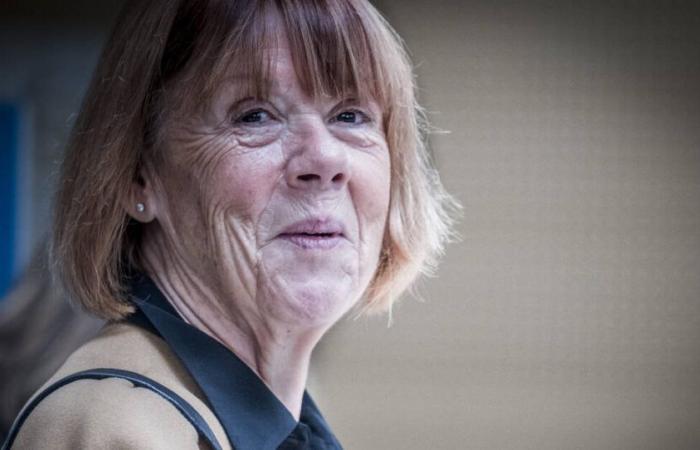TRIBUNE
Article reserved for subscribers
According to the historian, if the press has never made a secret of Gisèle Pelicot's age, no one wants to think about the way in which he questions our most common representations of male sexuality. This silence reveals a taboo: that of violence against elderly women.
The magnificent face of Gisèle Pelicot, which perfectly embodies her determination, her righteousness, her audacity, to the point that she has become a “new icon of street art”leaves little doubt about his age. And even if the series of rapes she suffered began more than ten years ago, she had already passed, on the first day, this fatal deadline that Yann Moix set for the desirability of women: “A 25-year-old woman’s body is extraordinary. The body of a 50-year-old woman is not extraordinary at all.” (Marie Claire, January 4, 2019).
However, if the press makes no secret of his age, no one seems to want to think about the problem he poses to our most common representations of male sexuality, and the expiration date of women's bodies. Everyone sees this problem, everyone takes it in the face when reading the slightest article about the trial, or the slightest sight of the victim leaving the court, but no one talks about it. The fear of slipping up, no doubt, of expressing a sexist or ageist thought, or both, and of being reproached for it. But talking about the age of women, in such an obvious case, is neither sexism nor ageism; And






